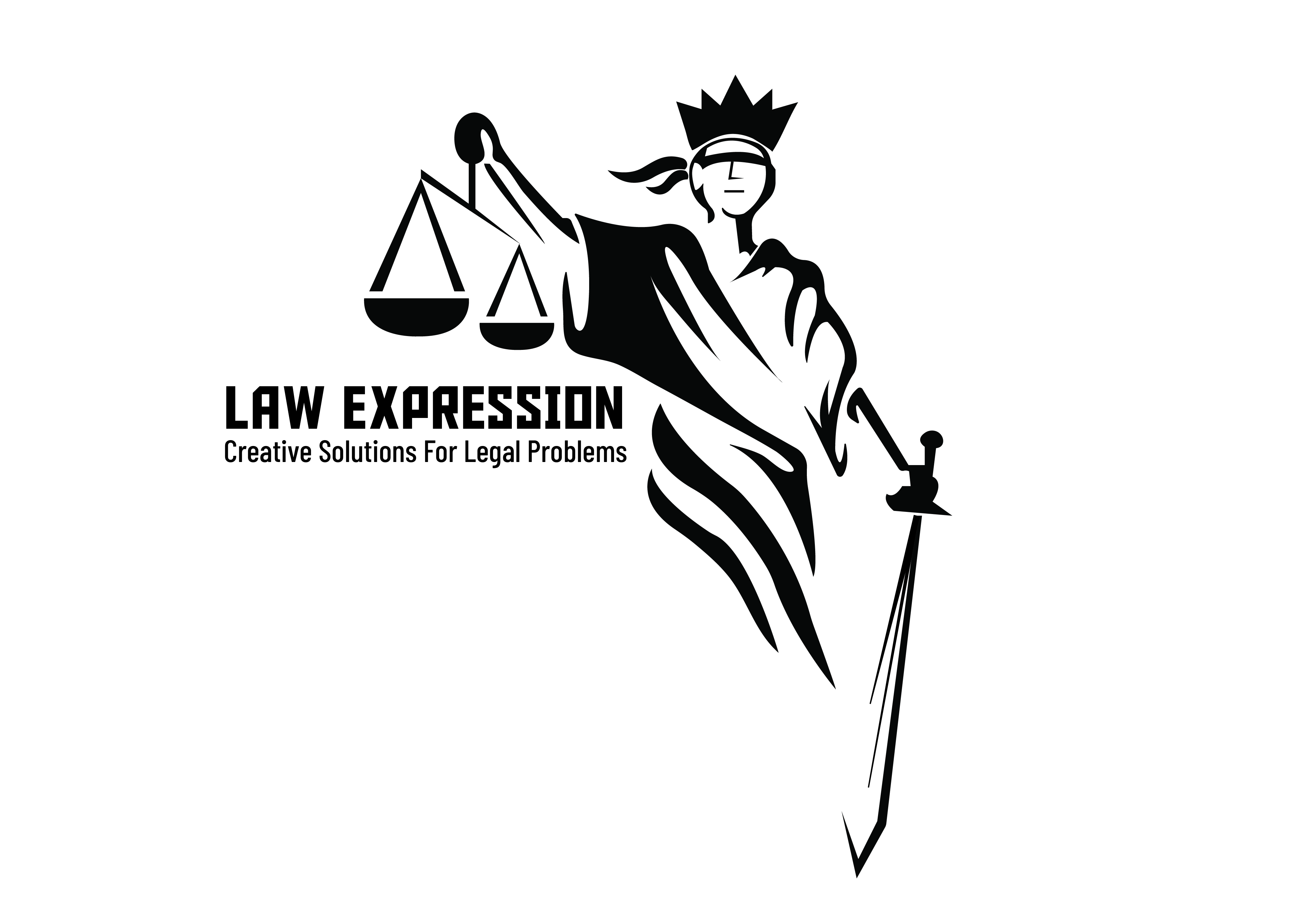Can a Company Sue an Employee for Stealing?

Theft from customers is a relatively common occurrence for brick-and-mortar stores that cost billions of dollars every year. In fact, it is one of the biggest challenges for physical stores.
However, another issue that some companies face is employees who steal. This phenomenon can manifest in various forms, ranging from tangible theft of physical assets to the surreptitious appropriation of intellectual property. For that reason, it is important for companies to safeguard against employee theft.
On this topic, a natural question is whether a company can sue an employee for stealing. There are several different avenues that companies that have caught an employee who steals can take and in this article, we will discuss all of them, with a focus on taking legal actions.
Types of Employee Theft
Employee theft manifests in various forms. But regardless of the form, they all present unique challenges for companies who strive to safeguard their assets and interests.
As an employer, it’s important to understand the different types of employee theft so that you can implement targeted prevention strategies and also consider potential legal consequences.
Tangible Theft
- Physical Property Theft: The most obvious type of employee theft is when employees engage in the unauthorized taking of tangible assets. This usually involves office supplies, equipment, or inventory. This type of theft is generally noticeable since it theft of something tangible. Oftentimes, it can have immediate financial repercussions for the company.
- Embezzlement: Embezzlement involves employees misappropriating funds entrusted to them by the company. This can showcase itself in a few different ways including fraudulent financial transactions, forging checks, or diverting funds for personal use. Embezzlement is perhaps an even greater threat to a company’s financial stability than theft of physical property, depending on the type of business.
Intellectual Property Theft
Next, we have intellectual property theft, which is the theft of intangible assets.
- Trade Secrets: Employees may unlawfully acquire, use, or disclose a company’s trade secrets. This can encompass things like confidential business information that provides a competitive advantage. With this said, companies must protect their trade secrets and limit people’s access to them.
- Confidential Information Breach: Unauthorized disclosure or use of confidential information like customer lists, marketing strategies, or upcoming product launches constitutes a breach of trust. Companies generally protect against this through non-disclosure agreements (NDAs) and confidentiality clauses in employment contracts. If an employee breaches the contract, it means that you could take action for breach of contract.
Financial Theft
- Embezzlement and Fraud: In addition to misappropriating funds, employees may engage in fraudulent activities that can damage a company. This may include things like inflating expenses, creating fictitious vendors, or manipulating financial records. This can constitute a huge issue by compromising a company’s financial integrity and can even lead to legal repercussions.
- Identity Theft: Lastly, if employees have access to sensitive personal information, identity theft is a concern. This can obviously result in severe legal consequences. Particularly if the stolen information is used for fraudulent activities.
Steps Companies Can Take to Prevent Employee Theft
Whilst legal action may be required once an incident has taken place, it’s ideal to prevent theft from happening in the first place.
There are several proactive measures you can and should take to safeguard company assets, maintain trust, and foster a culture of integrity within the workforce. Let’s take a look at the steps that companies can take to prevent employee theft.
Robust Hiring Processes
The first step to prevent employee theft is to diligently hire trustworthy people that you determine have a low risk of committing theft from you. This is a good first step but it’s important to note that sometimes, people are not always who they seem to be, which is why other steps are required as well.
Background Checks: Firstly, it’s important to do thorough background checks during the hiring process. This includes scrutinizing an applicant’s criminal history, financial background, and past employment records. This can help you identify red flags early on which help you better make informed decisions about the people you hire.
Reference Checks: Another important step is to contact previous employers and seek other professional references so that you can get a better understanding of the applicant’s work ethic, reliability, and ethical standards. The references will be able to provide insight into the person you are about to hire and tell you about any potential concerns like patterns of misconduct or issues related to trustworthiness.
Clear and Comprehensive Employment Contracts
When you hire new employees, it’s important to have employment contracts that protect your company. Include clear confidentiality clauses to protect sensitive company information. Non-compete clauses can also discourage employees from taking valuable skills and knowledge to competing firms. This will also help reduce the risk of intellectual property theft.
Also, remember that employment contracts may need to be updated over time. Employee roles and responsibilities change and a common mistake is to not have up-to-date contracts that reflect these changes.
Employee Education and Awareness
Another important aspect to pay attention to is training programs. As a company, you should conduct regular training programs that focus on ethical behavior, the importance of company policies, and the consequences of employee theft. This can help you build a strong ethical culture within your company and also make sure that employees are aware of the potential legal and professional ramifications of theft.
An important aspect of preventing employee theft is the corporate culture itself. You’d be surprised at how far a workplace culture built on trust, transparency, and open communication can go in preventing employee theft. When employees feel valued and engaged, they are less likely to engage in activities that negatively impact the company’s well-being.
Challenges and Considerations
If you decide to pursue legal action against an employee for stealing, you need to be aware of the many obstacles and challenges along the way. Navigating the legal landscape is no easy feat so you need to tread it carefully and diligently.
Burden of Proof for the Company
First and foremost, if you are going to sue an employee for theft, you need to have proof. The more documentation and hard evidence you have, the stronger your case is. You have to be able to present clear evidence of the theft, such as records of financial transactions, witness statements, or evidence of unauthorized access to sensitive information to prove the theft.
Since you are the party that alleges theft, the burden of proof is on you. If you lack substantial evidence, it will weaken the case.
Balancing Employee Rights with Company Protection
When you are standing against an employee, it’s a delicate balancing act between protecting your interests and respecting employees’ rights to privacy. Be careful to not overstep any boundaries with things like intrusive investigative measures. If you engage in improper methods, it can lead to legal consequences for you and damage to your own reputation.
Bear in mind that if you accuse an employee of theft without sufficient evidence, it can cause legal consequences for you. You need to avoid false accusations as these can lead to defamation claims or wrongful termination lawsuits. This is why it’s so important to always remain factual and have as much evidence as possible.
Public Relations and Potential Damage to Company Reputation
Legal battles between companies and employees often attract media attention. This is why, when possible, companies generally try to resolve things outside the court. Moreover, negative publicity may come with a lawsuit which can lead to negative publicity that harms your company’s reputation and ultimately affects customer trust and investor confidence.
You should also keep in mind that accusations of employees can negatively impact the workplace at large. It may demoralize other employees which can impact productivity and team dynamics. If you decide to proceed with legal steps, it’s therefore helpful to have a plan in place on how you’re going to handle the workplace and the rest of your employees.
Alternatives to Legal Action
As discussed earlier, legal action comes with a lot of challenges which is why companies gnerally try to keep it as a last resort when an employee has been caught stealing.
The good news is that there are other avenues companies can explore to resolve such matters. The purpose of these alternative is to achieve resolution outside the court room through methods other than litigation. This is also much more time-and cost-effective.
Mediation and Arbitration
Mediation: Mediation is a popular resolution alternative that involves taking help from a neutral third party to facilitate discussions between the company and the accused employee. The mediator is meant to be an independent party that helps identify common ground and assists in reaching a mutually acceptable resolution.
Arbitration: The other alternative is arbitration which entails submitting the dispute to a neutral arbitrator or panel. Based on the facts presented, the abritror makes a binding decision. In many ways, it resembles a legal process but it is generally faster and more flexible. Some companies include arbitration clauses in employment contracts to avoid taking issues to court.
Negotiated Settlements
Another alternative for a company is to work to negotiate a settlement with the accused employee. This means finding a mutually agreed-upon resution, which often includes financial compensation, termination terms, or other conditions. Settlement is a faster and more confidential form of resolution to the issue compared to protracted legal battles.
It’s important to highlight the fact that resolutions don’t always have to involve financial compensations. Even if a company has caught an employee stealing, a settlement deal may involve things like the return of stolen property, an admission of wrongdoing, or the implementation of specific corrective measures. The type of settlement will ultimately depend on the specific circumstances and the severity of the theft.
Termination and Internal Resolution Processes
Last but not least, we have termination and internal resolution processes.
It’s common for companies to choose to terminate the employment of the individiual in cases where theft is substantiated. This is an internal resolution that can be very swift and decisive, thus saving the company from legal action. At the same time, it’s important to comply with employment laws to avoid potential backlash.
Another option involves restorative justive programs hch means employing restorative justice principles with the focus on repairing harm caused by the theft rather than punishment. The aim of this is to reintegrate the employee into the workplace after addressing the underlying issues.






